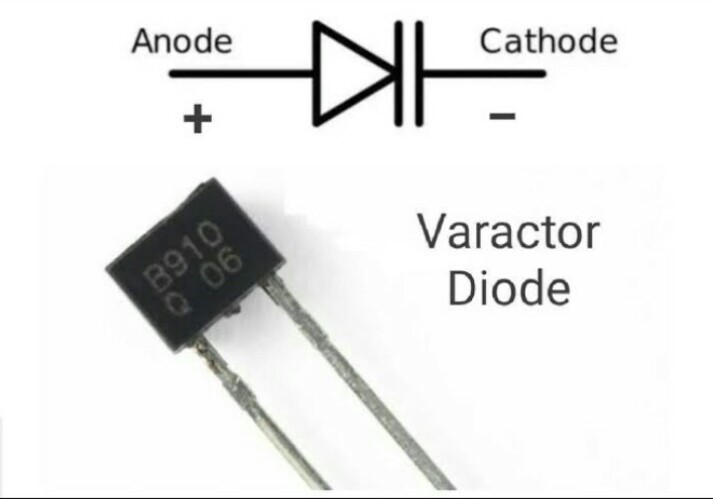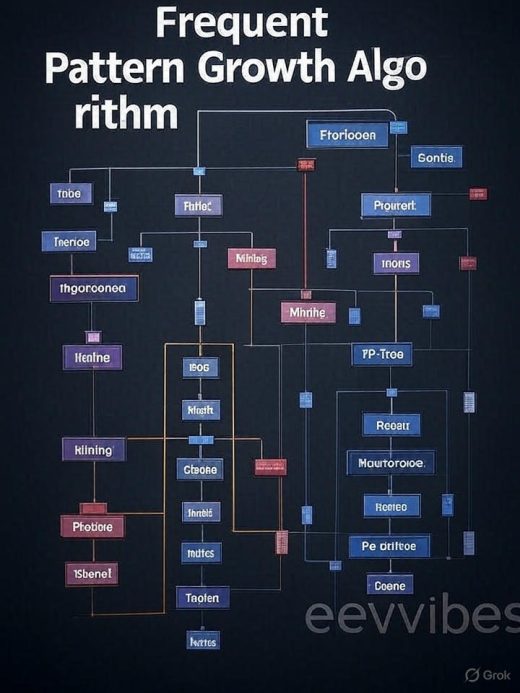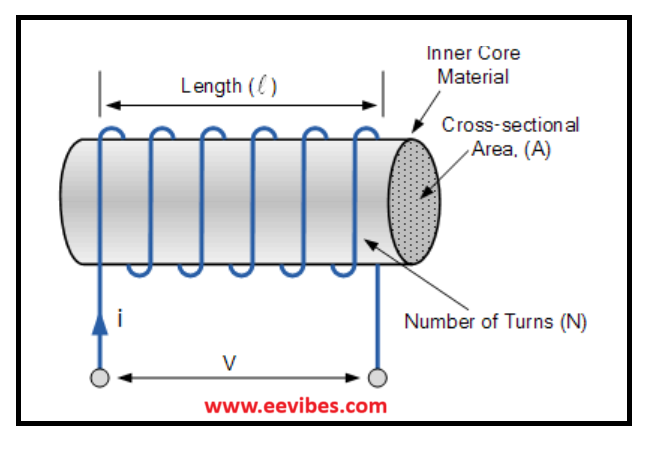Numerical Methods for Engineers” (by Steven C. Chapra and Raymond P. Canale) is a widely used textbook that teaches computational techniques for solving problems in engineering and science. Here’s a summary of what the book covers: Modeling, computers, and error Read More …
Category: Electronics
Ionization Energy-Definition and Examples

Ionization Energy Definition: Ionization energy is the amount of energy required to remove an electron from a neutral atom or ion in its gaseous state. It is a measure of how tightly an atom holds onto its electrons. The energy Read More …
What is the Varactor Diode? Application of Varactor Diode

Introduction to Varactor diode What is the varactor diode and how does it work? The varactor diode is also called voltage variable capacitance diode. Other names for varactor diode are varicap, epicap or tuning diode as it is used in Read More …
How to Design a Full Adder Using Only NAND Gates?

What is a Full Adder Circuit? A full adder is a circuit that adds three inputs (A,B,Cin) where Cin is any carry in while performing addition of binary numbers and produces output Sum and Cout which is the carry out. Read More …
What is the wind energy? Explain simple HAWT system
Introduction to wind energy What is the wind energy? How it falls in the category of renewable energy resources? It is an important type of renewable energy. Wind energy, as solar energy, is a significant sustainable asset. Wind is really Read More …
Frequent Pattern Growth Algorithm

The Frequent Pattern Growth (FP-Growth) algorithm is a highly efficient and popular algorithm for mining frequent itemsets from large transaction databases. It was proposed by Han, Pei, and Yin in 2000 as an improvement over the Apriori algorithm, primarily by Read More …
Programming Fundamentals Lecture Slides
Programming Fundamentals Lectures Programming Fundamentals Lectures are designed to introduce beginners to the core concepts of programming, providing a strong foundation for writing code and solving problems computationally. These lectures typically cover topics such as: Basic Syntax and Structure: Understanding the Read More …
Voltage Divider Calculator – A Must-Have Tool for Electrical Engineers
What is a Voltage Divider? A voltage divider is a simple circuit used to reduce voltage using two resistors connected in series. It’s widely used in analog electronics to create reference voltages or to scale down sensor signals before feeding Read More …
Stripline Trace Width Calculator
Features of the Calculator Calculates the trace width required for a given current in a stripline PCB layout. Uses IPC-2221 or IPC-2152 standards for accurate trace width estimation. Inputs: Current (A), Thickness (oz/µm), Dielectric Height (mil/mm), Temperature Rise (°C). Outputs: Read More …
Coil Inductance Calculator Online

Coil Inductance Calculator This calculator evaluates the value of the inductance given the parameters: Coil radius (cm) Cross Sectional Area (cm2) Length of Solenoid (cm) Number of Turns Permeability of Air (H/m) Relative Permeability \[ L = \frac{{\mu_0 \cdot \mu_r Read More …